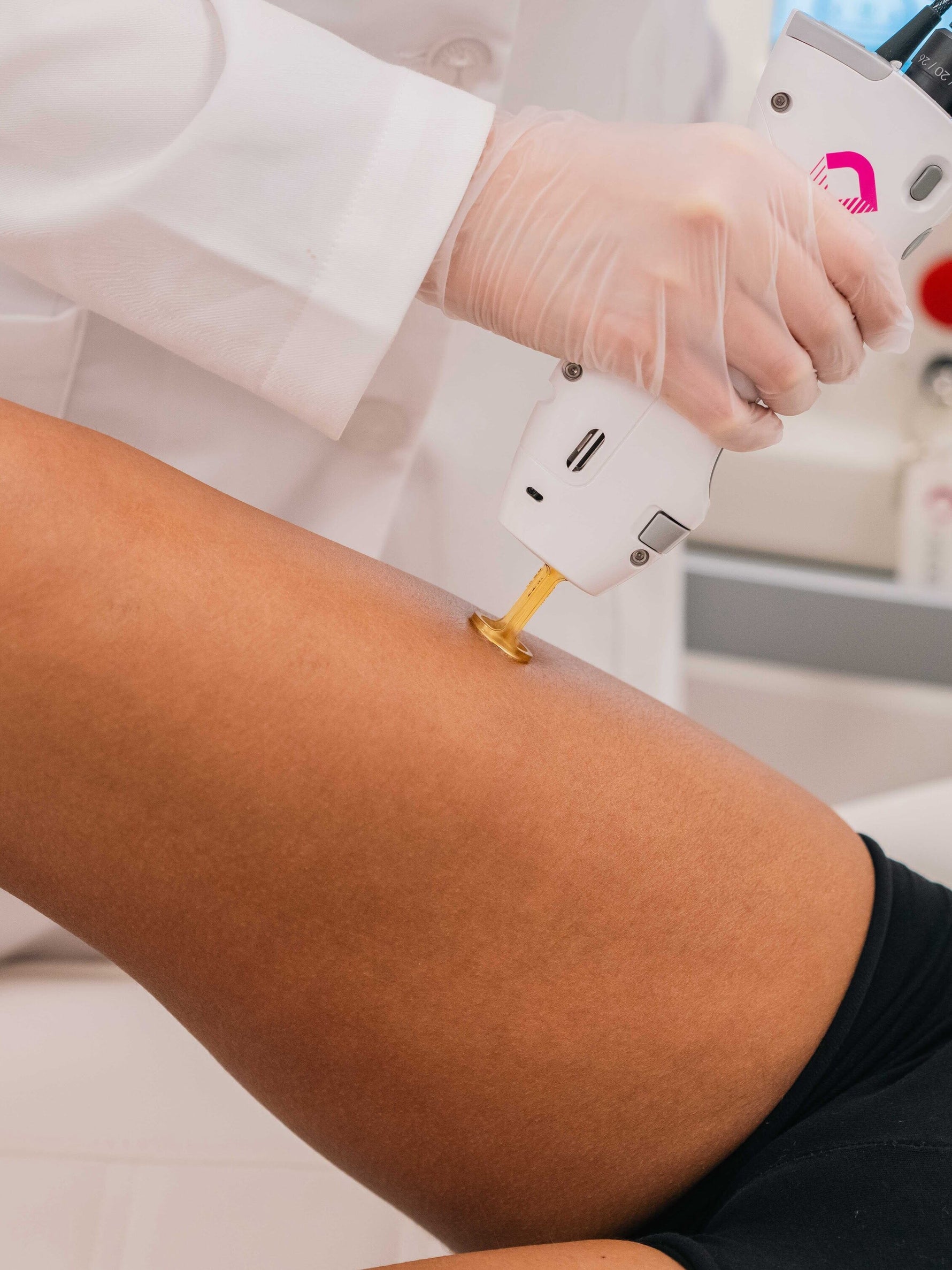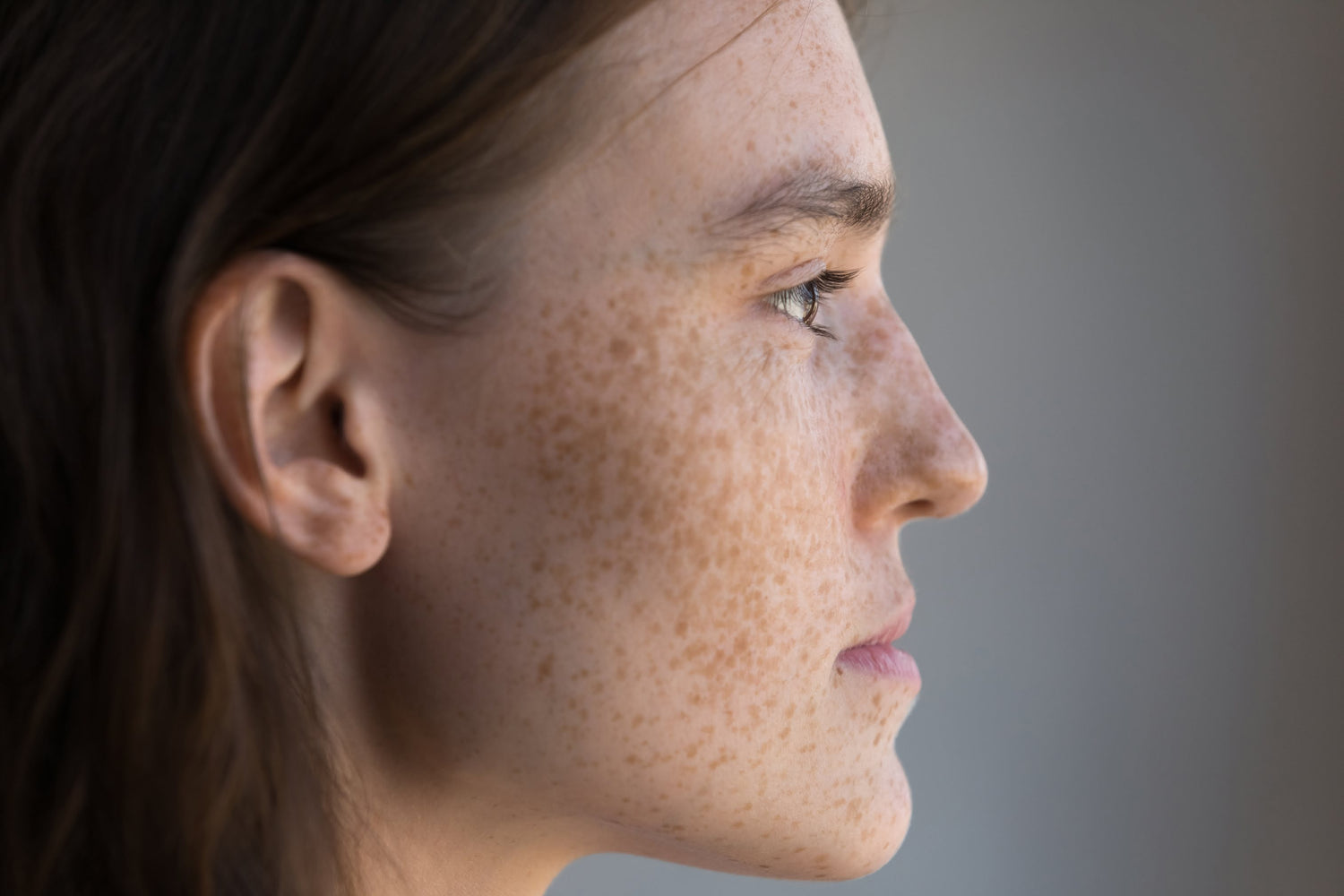
Clearer, Brighter Skin Starts with Understanding Pigmentation
There are several common types of skin pigmentation that can greatly vary in severity from just small discoloured areas to larger, more noticeable patches. Skin pigmentation disorders are commonly made worse by exposure to sunlight which can cause areas to become darker or more noticeable. During your free consultation, our practitioners will be able to diagnose your pigmentation and advise the best treatment options for you.
Causes & Risk Factors
-
Why Does Pigmentation Develop?
Pigmentation issues arise when melanin, the pigment responsible for skin color, is produced unevenly or excessively. This can occur due to various factors including sun exposure, hormonal changes, inflammation, and certain medications. The skin may develop dark spots, freckles, or patches that are either lighter or darker than the surrounding skin.
-
What Can Cause Pigmentation?
- Sun Exposure: UV rays stimulate melanin production, leading to hyperpigmentation or sunspots.
- Hormonal Changes: Pregnancy, menopause, and the use of birth control pills can cause melasma, a type of pigmentation linked to hormonal fluctuations.
- Inflammation: Conditions like acne, eczema, or injuries can lead to post-inflammatory hyperpigmentation.
- Genetics: Family history can play a role in how the skin responds to environmental factors, making some people more prone to pigmentation problems.
- Medications: Certain medications, including some antibiotics and chemotherapy drugs, can cause changes in skin pigmentation.
-
Where Will Pigmentation Most Commonly Develop?
Pigmentation issues often develop in areas of the skin that are most exposed to the sun, such as the face, neck, and hands. However, they can also occur in other areas where there has been inflammation, injury, or hormonal changes, such as on the upper lip (in the case of melasma) or on the back and shoulders from sun exposure.



Symptoms
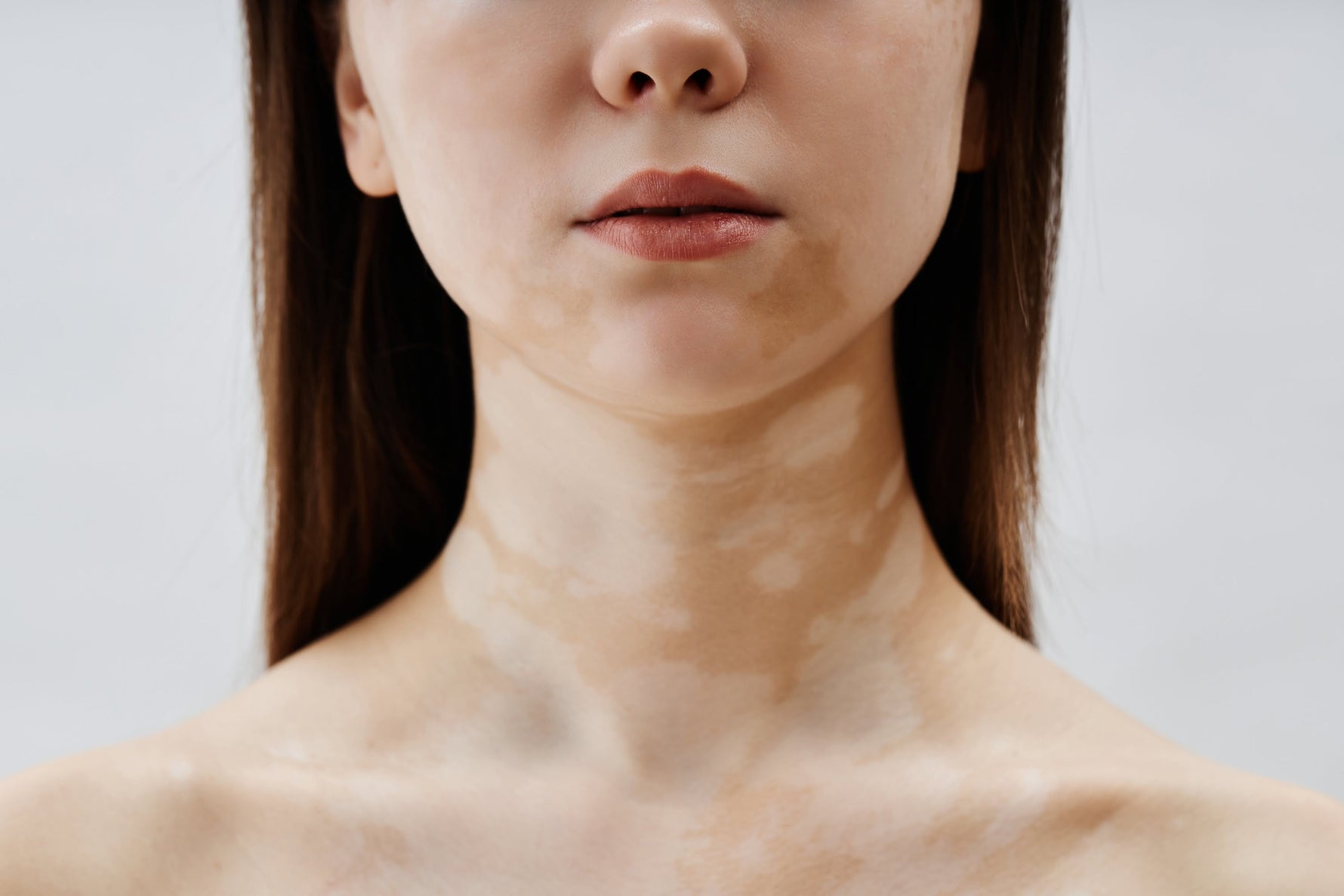
Patches
Patches appear in varying shades. Pigmentation may be lighter or darker than the natural skin tone.
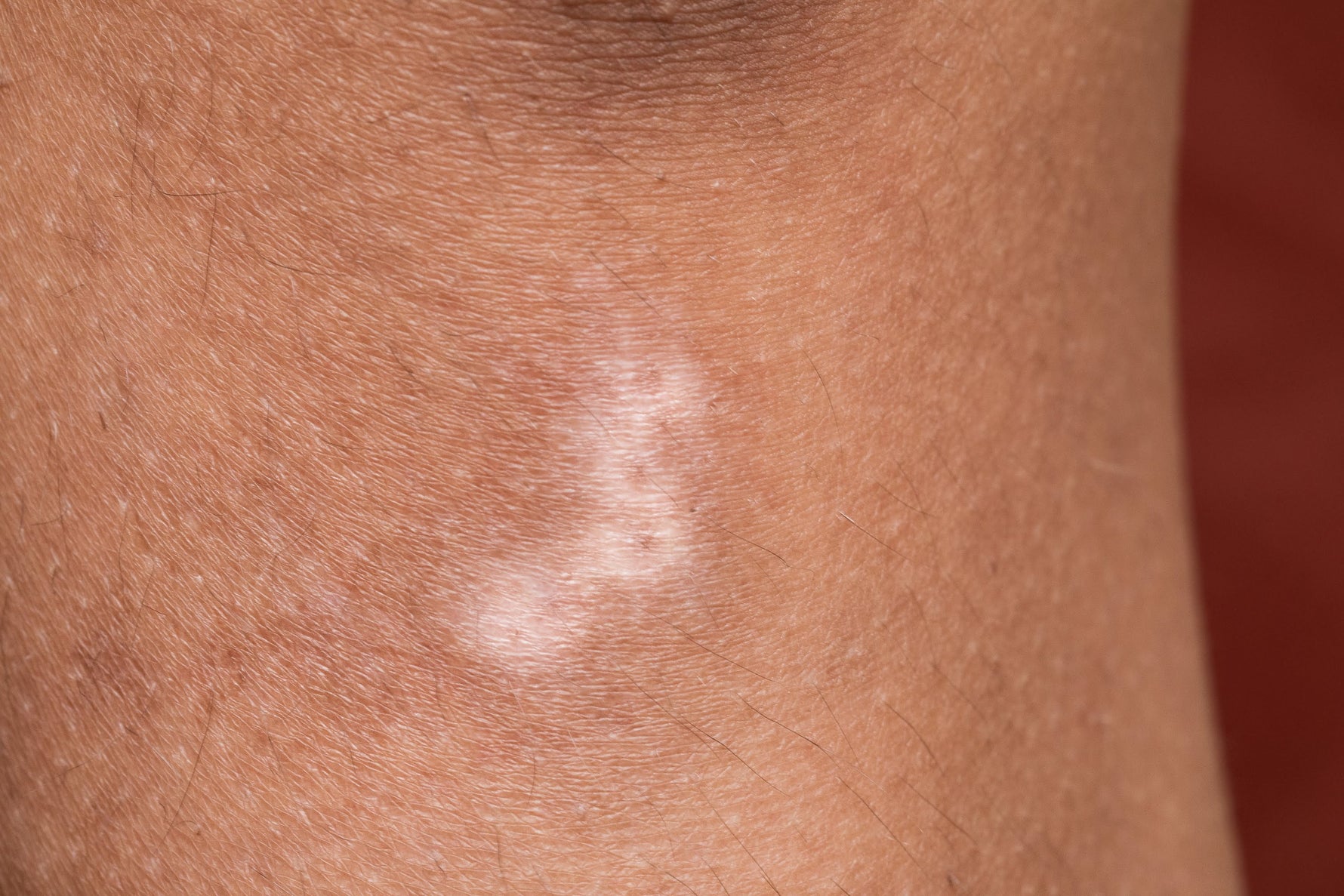
Discolouration
Discolouration of the skin may be noticed in an area which has experienced trauma – inflammation or injury.
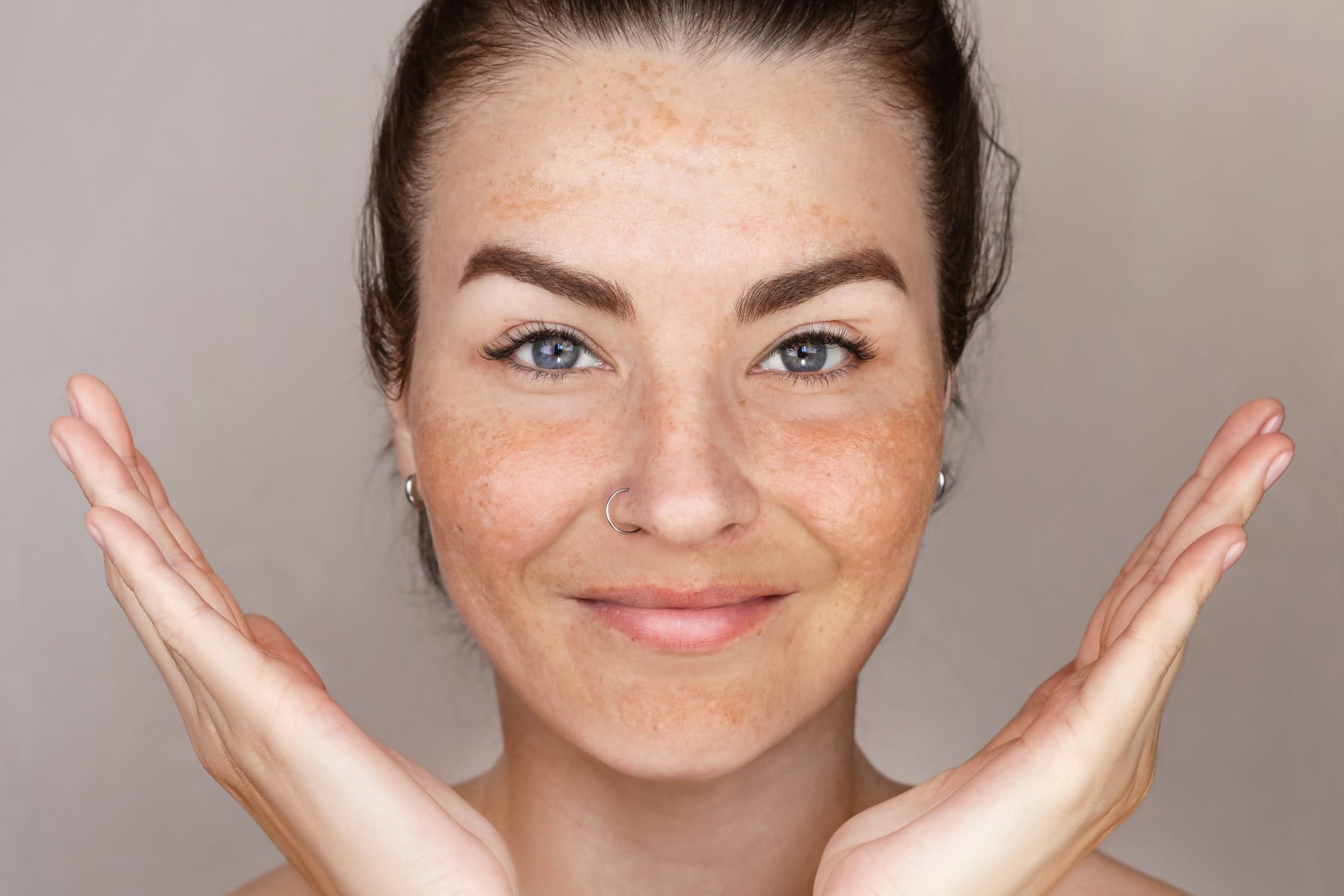
Sun Spots
Prolonged sun exposure can lead to darker patches on the skin. The promients of these areas is directly associated with sun exposure.
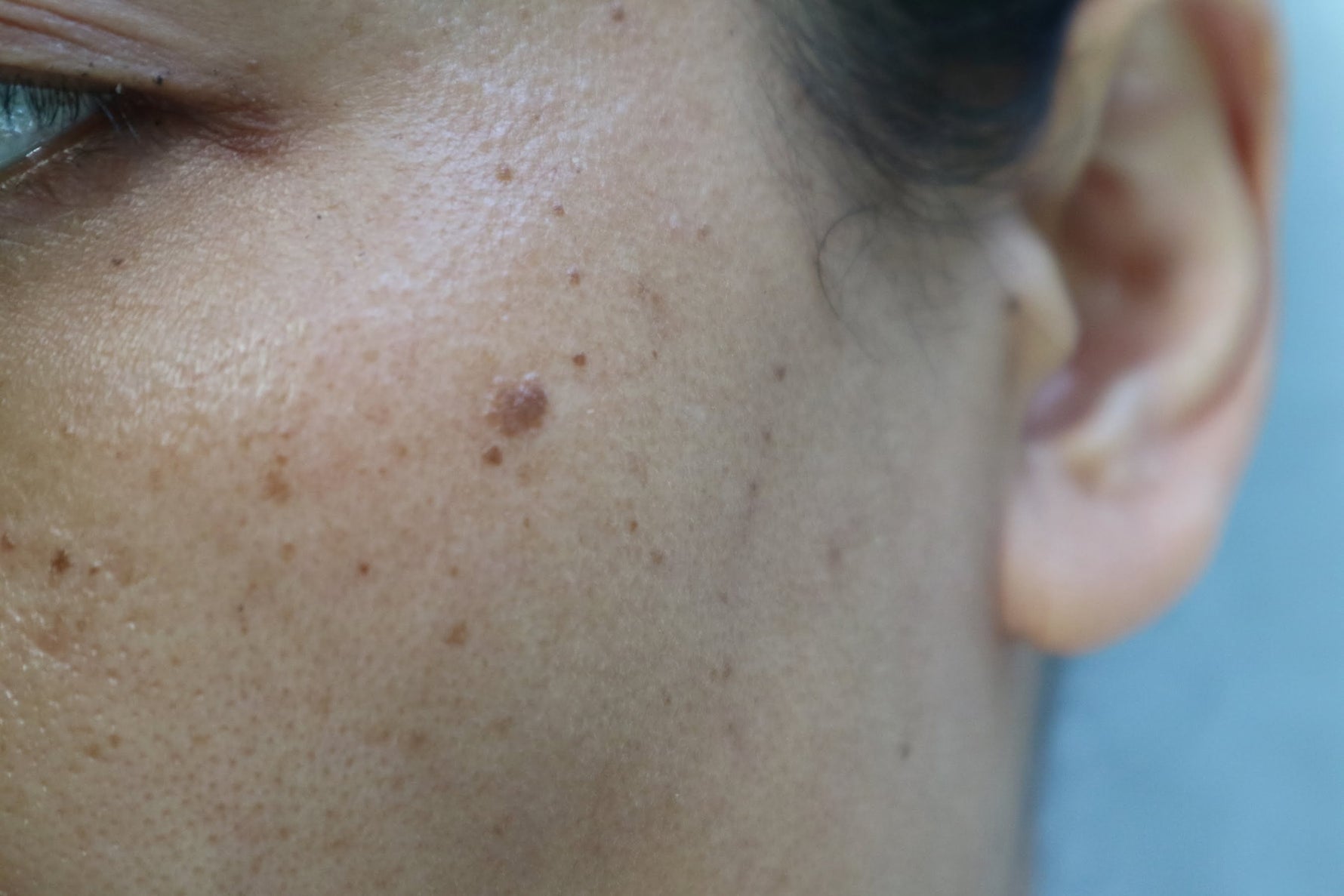
Raised Patches
Areas of dicolouration which are visibly raised above the surface of the skin. These can become larger over time.
Treatment Options
-
Chemical Peel
Chemical Peel is a non-invasive treatment that uses a chemical solution to exfoliate and remove dead skin cells, promoting smoother, healthier skin. It helps reduce signs of aging, acne scars, hyperpigmentation, and uneven skin tone. By stimulating collagen production, it improves skin texture and clarity. Chemical peels come in varying strengths, from light to deep, depending on your skin’s needs. The treatment leaves your skin looking refreshed with minimal downtime and long-lasting results.
-
SQT Bio-Microneedling
SQT Bio-Microneedlingcombines microneedling with a specialized serum to promote collagen production and enhance skin texture. Tiny needles create micro-injuries, stimulating the skin’s natural healing and improving serum absorption. This treatment helps reduce fine lines, wrinkles, acne scars, and pigmentation, while improving overall skin tone and firmness. SQT Bio-Microneedling is an effective, non-invasive solution for rejuvenating the skin with minimal downtime, delivering youthful, smoother results.
-
RF & Microneedling Face
RF & Microneedling for the Face combines two powerful treatments to rejuvenate and tighten the skin. Radiofrequency (RF) energy is used to stimulate collagen production, while microneedling creates tiny channels in the skin to enhance product absorption and encourage healing. Together, they improve skin texture, reduce fine lines, tighten sagging skin, and promote a more youthful appearance. This non-invasive treatment requires little downtime and delivers long-lasting, natural results for smoother, firmer skin.

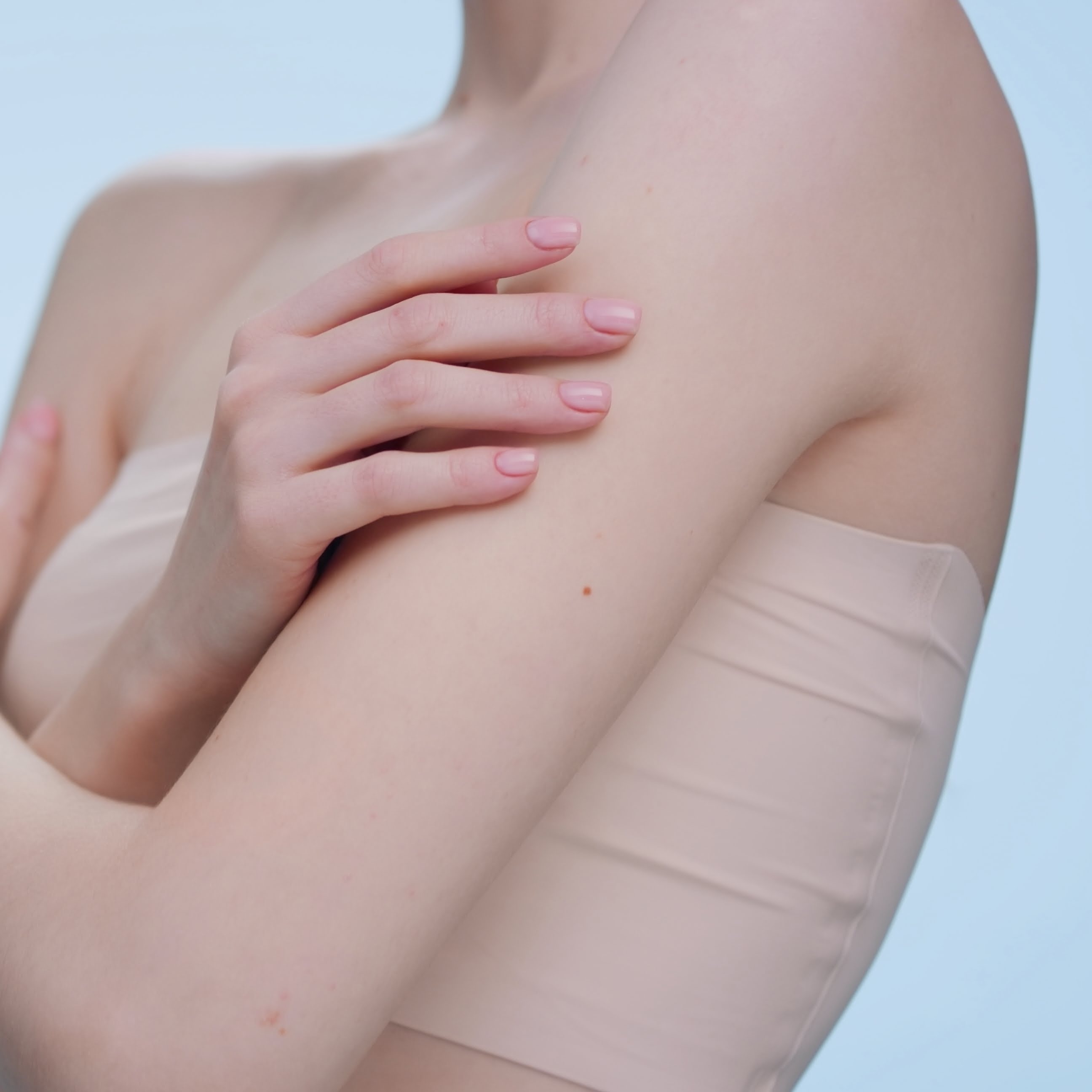

Real Results
After

Before
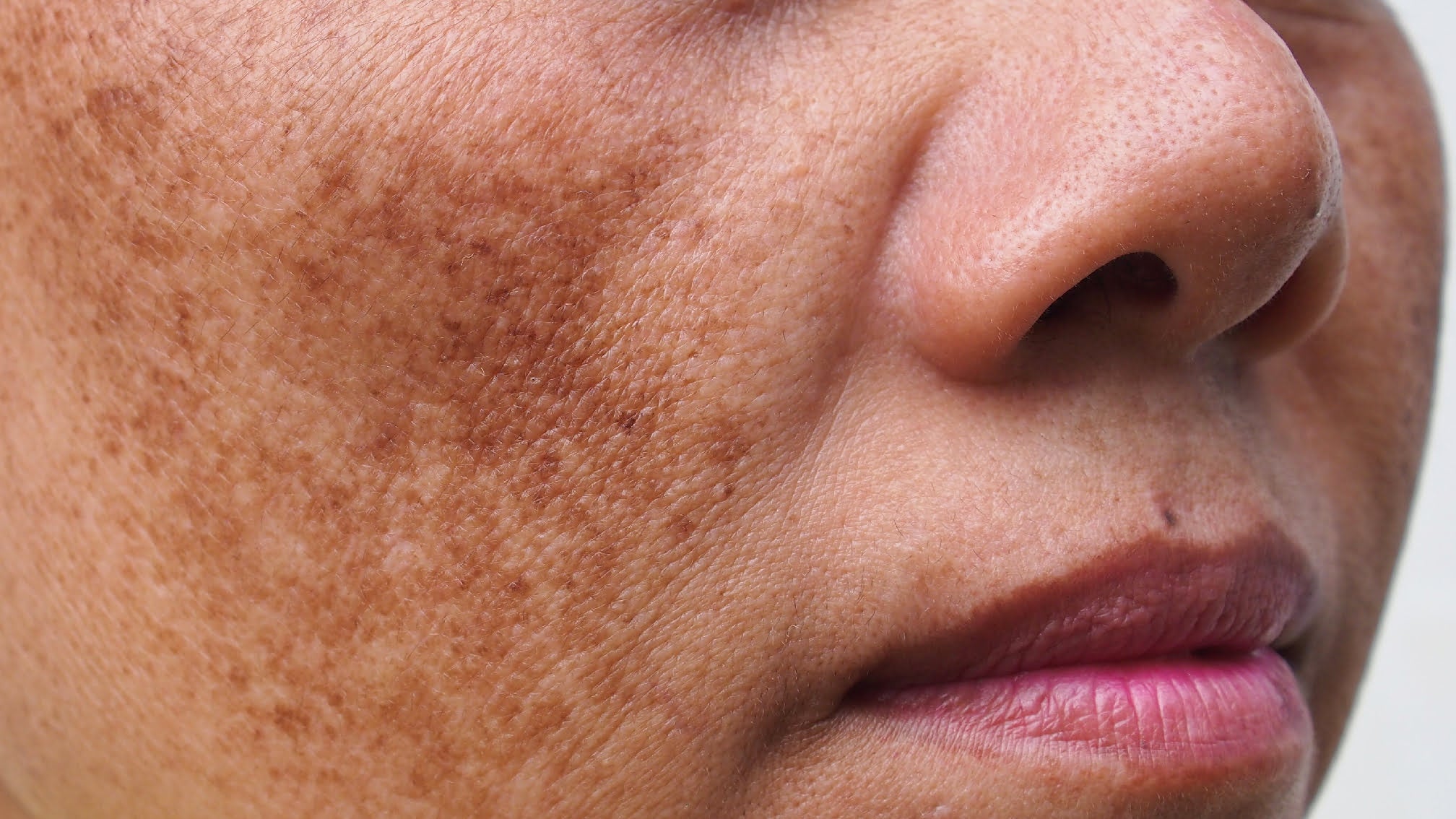
La Rose Clinic Difference
What makes us different from other clinics



